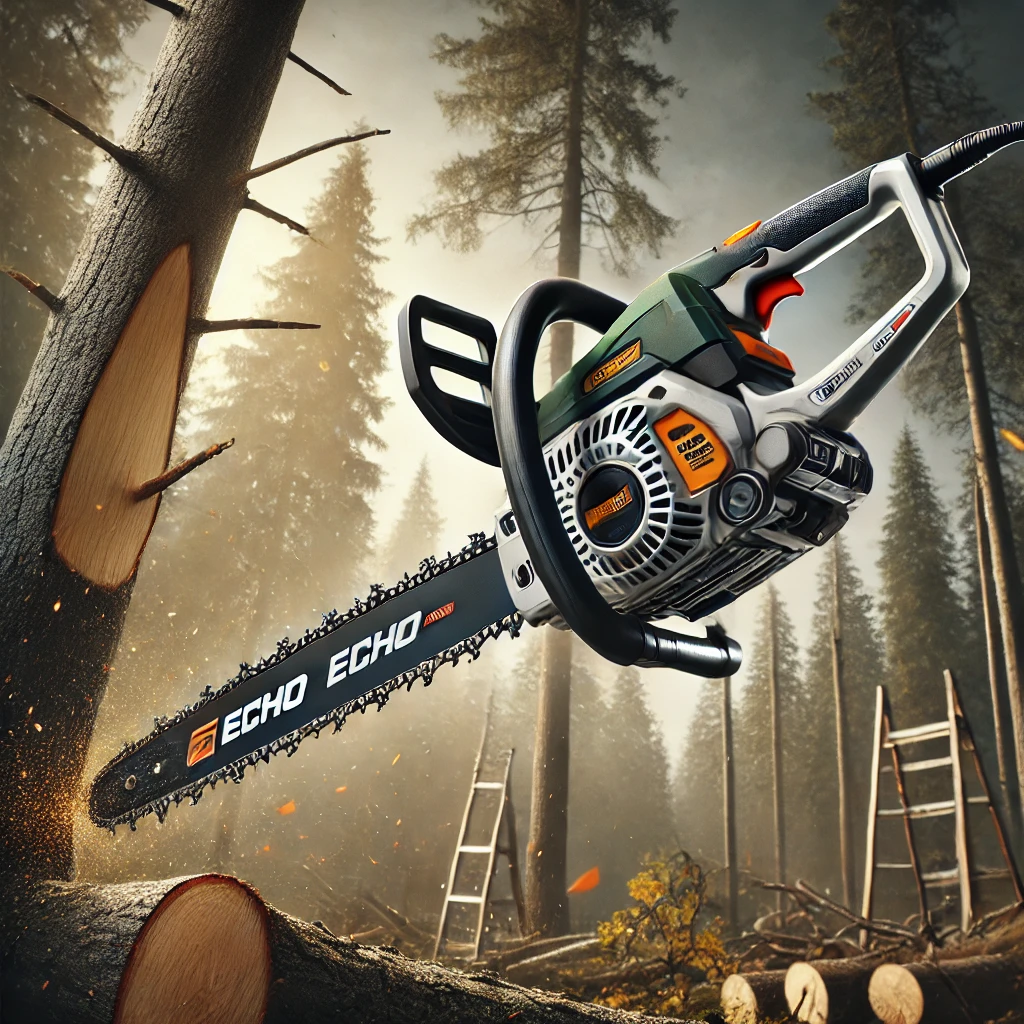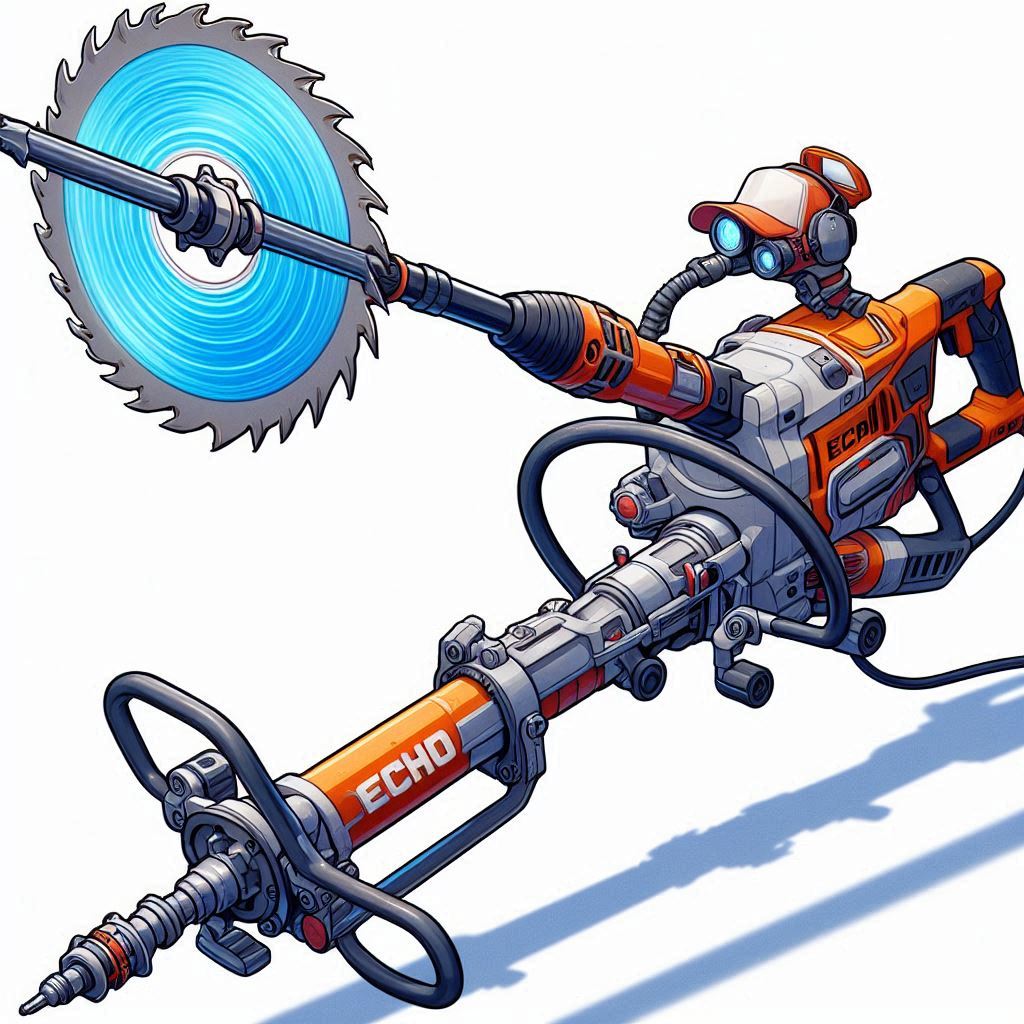Cutting high branches can be challenging, but using the right tool, such as the longest pole saws, makes the task significantly easier. However, safety should always come first when working with these powerful tools. This guide will walk you through the essential steps and tips to use the longest pole saws safely for high branch cutting, ensuring both efficiency and protection.
1. Understand Your Pole Saw
Before you start, familiarize yourself with your pole saw. Knowing its components and how it functions is critical for safe operation.
- Telescopic Pole: The adjustable length allows you to reach high branches without climbing ladders.
- Cutting Blade or Chainsaw Head: This is the active cutting part that does the heavy lifting.
- Grip and Control Mechanism: Ergonomic handles and safety locks help maintain control during operation.
Read the user manual thoroughly to understand how to assemble, adjust, and operate your specific model.
2. Inspect the Equipment Before Use

Always check your Longest Pole Saws before using it to ensure it’s in proper working condition.
- Blade Sharpness: A dull blade can cause accidents and strain the motor.
- Pole Stability: Make sure the telescopic sections lock securely.
- Motor and Power Supply: For electric or battery-operated pole saws, confirm the power source is functioning properly.
- Safety Features: Check for working safety locks and anti-kickback mechanisms.
Performing a quick inspection reduces the risk of malfunctions mid-task.
3. Choose the Right Protective Gear
Personal protective equipment (PPE) is a must when operating a pole saw. Equip yourself with the following:
- Helmet: Protects your head from falling branches.
- Safety Glasses or Goggles: Shields your eyes from debris.
- Gloves: Enhances grip and protects hands.
- Non-Slip Footwear: Provides stability, especially on uneven surfaces.
Wearing appropriate gear minimizes the chance of injuries.
4. Plan the Cutting Area
Before starting, plan and prepare the area to ensure a safe working environment.
- Clear the Ground: Remove obstacles like tools, branches, or debris that could cause tripping.
- Identify Fall Zones: Estimate where the branches will fall and ensure the area is clear of people, pets, or valuables.
- Check Weather Conditions: Avoid using pole saws during high winds, rain, or other adverse weather conditions that reduce visibility and control.
A well-prepared workspace ensures smooth and safe operation.
5. Position Yourself Correctly
Using the longest pole saws requires proper positioning to maintain balance and control.
- Maintain a Safe Distance: Stand at least 10-15 feet away from where the branch will fall.
- Hold the Saw at an Angle: Position the saw at a 45-degree angle for better cutting efficiency.
- Stabilize Your Stance: Keep your feet shoulder-width apart and firmly planted on the ground.
Avoid overreaching, as it can destabilize your position and lead to accidents
6. Use the Correct Cutting Technique

Adopting the right cutting technique is vital for safety and effectiveness.
- Start Slowly: Begin with a gentle cut to create a groove that stabilizes the saw blade.
- Let the Saw Do the Work: Apply minimal pressure and allow the saw’s motor and blade to handle the cutting.
- Cut in Sections: For thick branches, cut smaller sections instead of tackling the entire branch in one go.
- Work from Top to Bottom: Start with higher branches and move downward to prevent branches from falling on previously cut areas.
Patience and precision are key to successful high branch cutting.
7. Be Cautious of Falling Branches
One of the biggest risks when cutting high branches is falling debris.
- Step Back: Move away as the branch starts to fall.
- Watch the Branch’s Path: Keep your eyes on the branch to anticipate its movement.
- Avoid Standing Directly Underneath: Position yourself at an angle to reduce the risk of being struck.
Remaining alert throughout the process is essential.
8. Maintain the Pole Saw After Use
Proper maintenance ensures the longevity and safety of your Longest Pole Saws.
- Clean the Blade: Remove sawdust, sap, and debris after each use.
- Check for Wear and Tear: Inspect the blade, motor, and pole for damage.
- Lubricate Moving Parts: Use oil to keep the chains or moving parts in good condition.
- Store Safely: Keep the pole saw in a dry, secure place out of reach of children.
Regular upkeep ensures your tool remains safe and efficient.
9. Additional Safety Tips
- Don’t Overextend: If the branch is beyond the reach of your pole saw, use a ladder or professional help instead.
- Stay Aware of Surroundings: Watch for power lines, other people, or animals in the area.
- Know When to Stop: If a branch is too large or risky to cut, don’t hesitate to seek professional assistance.
this video owner :CreativeProcessDIY
Why Safety is Paramount
Pole saws, especially the longest models, are powerful tools designed for challenging tasks. While they make high branch cutting easier, improper use can lead to serious accidents. By following these safety guidelines and techniques, you can complete your landscaping tasks efficiently and safely.
Final Thoughts
The longest pole saws are valuable tools for maintaining your garden, but their safe operation is crucial. By understanding your equipment, preparing adequately, and using proper techniques, you can achieve excellent results without compromising safety. Whether you’re pruning trees or tackling overgrown branches, these tips will ensure you work effectively and confidently.




Leave a Reply